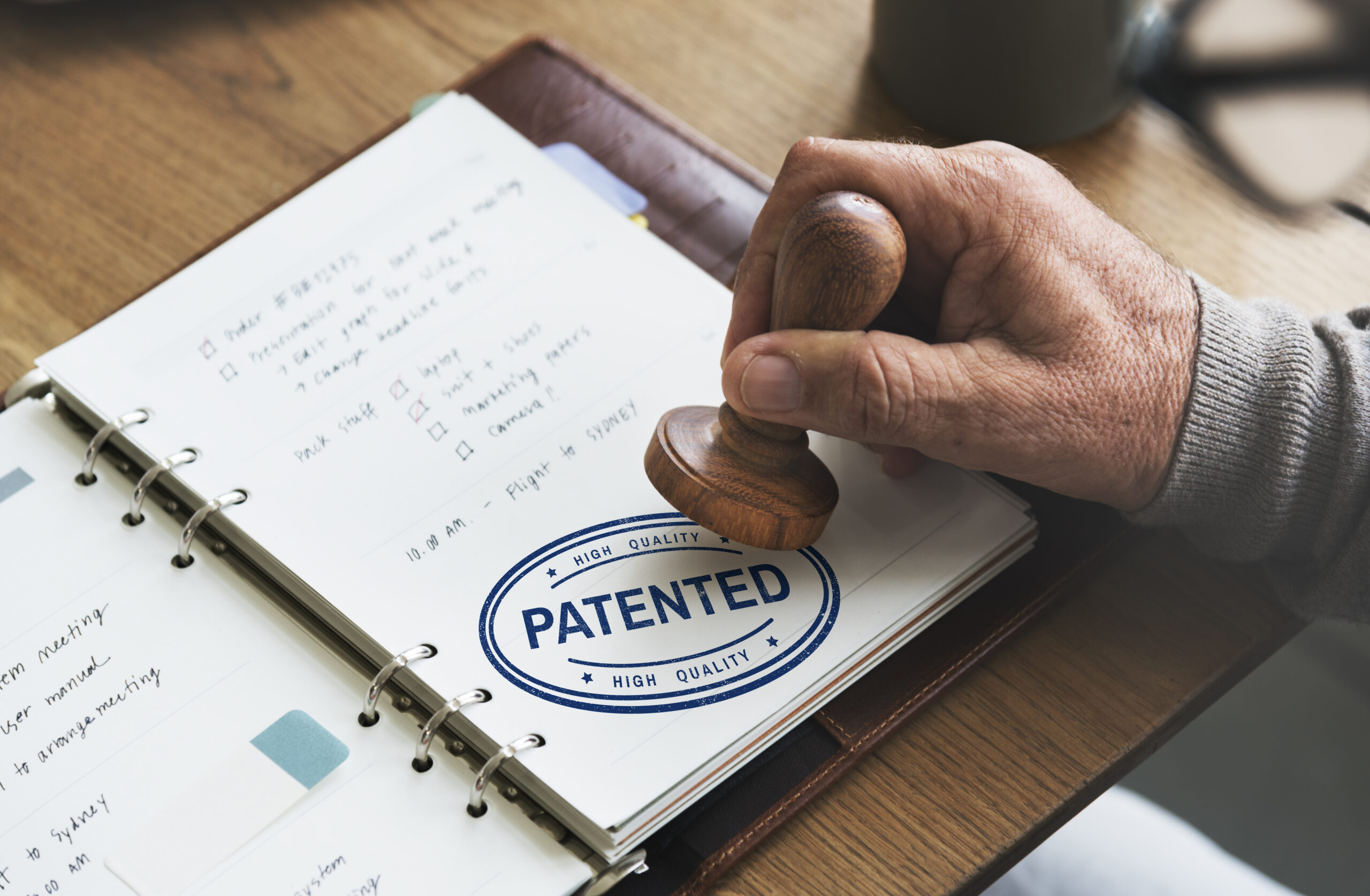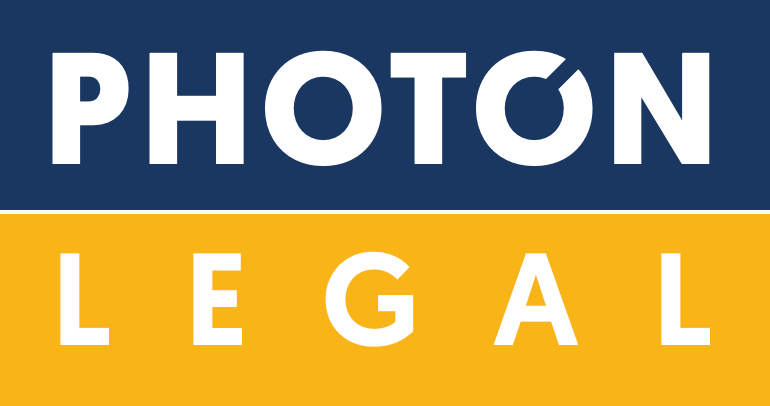
Introduction
In today’s day and age, we are constantly reinventing and innovating technology to stay relevant and to secure that competitive edge in the market. This competitive advantage is assured only if one is able to protect and own their technological innovation. Therefore this has paved way to the massive platform for patenting services provided by patent attorneys across the globe.
A patent provides a property right that gives the owner the right to say who can and cannot use the invention protected by the patent in countries where the patent has been granted. “Anyone who is not the patent owner or who is not licensed by the owner and who manufactures, uses, imports, offers for sale or sells the patented invention is called an “infringer”.” An infringer can be sued in court to get him to stop the infringement and to pay the owner, damages. This is where the relevance of patent drafting comes in.
A patent application essentially entails; claims, detailed description of the invention (specification), drawings, background, abstract and summary. The main purpose of a patent application is to provide a complete, clear and exact description of the invention. The same should be ideally done in a manner that conveys and identifies the invention, the way the inventor wanted it to be identified and conveyed as. The claims are the foundation of a patent application and form the legally operative part of the same. It defines the scope of protection granted by a patent. Therefore it’s safe to say that everything rides on the drafting as it makes all the difference. Smart drafting can secure patents for weak inventions as well while poor drafting can lead to denial of patentability or worse; major losses to the owner due to erroneous drafting.
Common errors seen in patent drafting
Overlooking specifications
It is a common trend to give it all in the patent claims leaving the specifications of the patent not upto the mark. Yes, claims are the legally operative part, there is no denying that! But, what about specifications? Specifications describe the invention and lays down how to make and use it. When claims are analysed, it is inevitable that you fall back on the specifications to understand the claim better. Specifications breathe life into the claims. Therefore the two go hand in hand and importance has to be given to striking a balance in the attention given to both. The importance of specifications was laid down in Phillips v. AWH (Fed. Cir. 2005) (en banc) where the court stressed on the point that “The specification is always highly relevant to claim construction analysis … it is the single best guide to the meaning of a disputed term”.
Details: too much or too less?
It is important to diligently describe the invention in a systematic manner that does not lead to watering down the invention or narrowing the scope of its claims. The invention should be described in a straightforward manner that leaves no room for confusion or ambiguity. It should be easily understood. The designs definitely help in this process but the task of describing the invention has to be mainly undertaken by the words in the application. There shouldn’t be a situation of the patent’s own words restricting the claim. It should strike that subtle balance, so that it is detailed enough to leave no stones unturned.
Some common examples of how claims are limited:
- Usage of vague terms in the claim accompanied by narrow disclosure in the application.
- Inconsistency in the usage of the terms throughout the application and manner of drafting.
- Highlighting or describing features and benefits of the invention that are not as important and thereby neglecting the important claims that make the patent what it is.
- Providing examples that narrow down the claims without a more general description
Assuming the reader knows
Do not make the mistake of classifying some information regarding the invention as obvious. Although the inventor is well aware of the invention, its structure and its purpose, that is not the case with third parties. Therefore, it is crucial that the structure of the invention is also given importance along with ‘how to’ and the purpose while laying down the description for the same. Along every step of the way, it is important to remember that outsiders are not as intimately aware of the invention.
Every component of the invention has to be given equal importance that together achieves the structural invention. We at Photon Legal believe that the description of the invention should be so straightforward and unambiguous that it is easily understood by the older folk and kids alike who are not as technologically adept. We believe, that the true test is to check if one is committing the error of classifying some information regarding the invention as obvious.
Prior Art – Lack of research
Prior art is essentially “all information that has been made available to the public in any form before a given date that might be relevant to a patent’s claims of originality”. Certain patent applications make the mistake of being unaware or ill-informed of a prior art. Due to lack of research, there can be situations where a prior art is discovered and the patent fails during enforcement. This is particularly problematic when there are no fall back options. Therefore claims should be drafted around these prior arts with the help of adequate research and smart drafting will also ensure sufficient backups in case one falls through.
Misrepresentation of facts
While examining a patent, the examiner scrutinises every single word. Therefore, it is integral that the all the information provided in the application are actually true. Failure to disclose material information, submitting false information or explicitly misrepresenting a material fact can all lead to the entire patent being unenforceable. It is imperative that there is vibrant mechanism of check in place to ensure that the example mentioned in the application are actually work that was done and to see of the inventor has published any statements that are inconsistent with the information provided in the application.
In the next part of our series – Aftermath of Poor Drafting, we shall provide handy tips and tricks to draft an expert quality patent. Stay tuned to find out the consequences of poor drafting and how to avoid the common mistakes. In the meantime, you can cross check if your patent documents are aligned with the pointers mentioned above. For any queries and information regarding patents, do get in touch with patent experts from Photon Legal.
To be continued…


One Comment